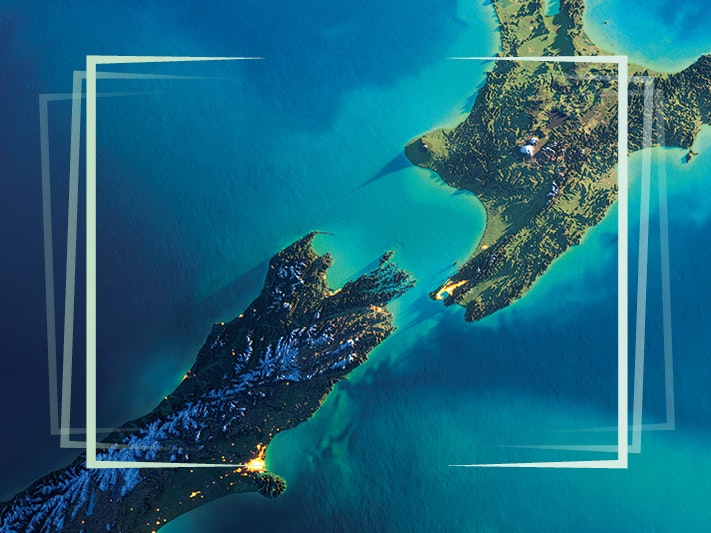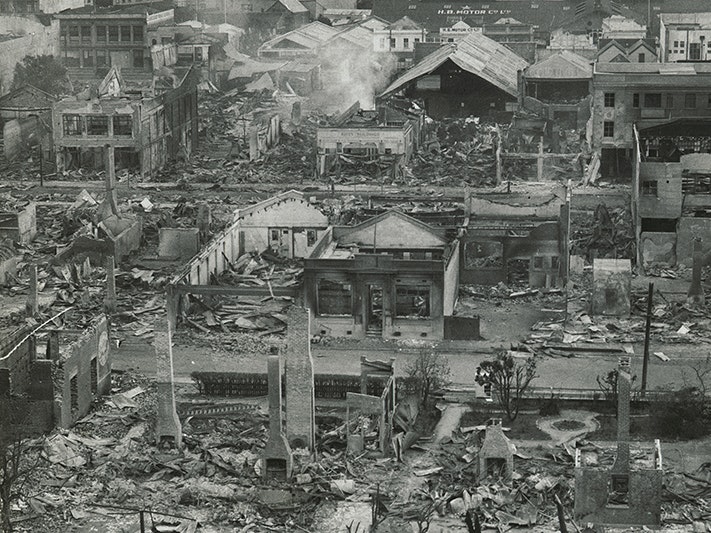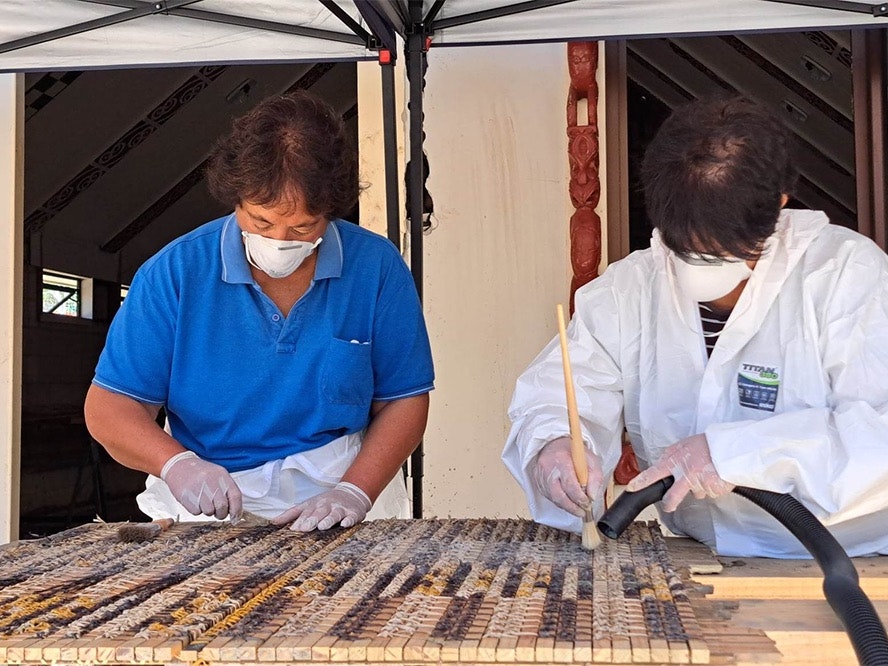
Watch: The Active Land talks
The Active Land talk series hosted at Te Papa highlights the diverse range of cutting-edge research into natural hazards happening in Wellington. In partnership with the Natural Hazard Commission (NHC) Toka Tū Ake.
Free museum entry for New Zealanders and people living in New Zealand
Open every day 10am-6pm
(except Christmas Day)
Free museum entry for New Zealanders and people living in New Zealand
Learn about the forces that shape Te Whanganui-a-Tara Wellington region and how we prepare for and recover from earthquakes and tsunamis, from researchers working on the It’s Our Fault: Nō Mātou Te Hapa programme.
The It’s Our Fault: Nō Mātou Te Hapa programme studies the forces that shape Te Whanganui-a-Tara Wellington region, and looks at how we prepare for and recover from earthquakes.
Expert geoscientists will take us through the latest research, including what we know about Aotearoa New Zealand’s largest and most active fault, the Hikurangi Subduction Zone, which spans the Wellington region, share the latest tsunami modelling results for Wellington Harbour, and discuss how scientists and iwi are working together to protect Māori facilities, including marae and community emergency pods.
Dr Nicola Litchfield is a principal paleoseismologist at GNS Science who for over 20 years has been gathering evidence for past large earthquakes and their impacts on the landscape on active faults throughout Aotearoa and the Hikurangi Subduction Zone, and understanding what this means for future earthquake and tsunami risk. She is the science leader of the It’s Our Fault: Nō Mātou Te Hapa programme aimed at increasing the resilience of the Wellington Region to earthquakes and associated hazards.
Dr Kate Clark leads the Paleoseismology team at GNS Science which studies ancient earthquakes. She has been researching past large earthquakes and tsunamis that have impacted the coastline of Aotearoa for over 18 years. Her research has made major contributions to understanding the hazard posed to Aotearoa by our largest fault lines: the Alpine fault and the Hikurangi Subduction Zone.
Dr ShengLin Lin is a Senior Risk Engineer at GNS Science. He is the project leader for the development of data capture tool and its applications (e.g., post-event damage survey) in New Zealand and overseas. Built on his structural engineering background, experience in post-event damage survey and knowledge in risk modelling, ShengLin leads many projects looking at the impacts from natural hazard events. ShengLin also leads projects in the Pacific, Viet Nam, and Indonesia to improve risk management capacity in these countries.
Dr William Power is a Senior Geophysicist with GNS, focusing on tsunami threat. He has led the development of the National Tsunami Hazard Model which assesses the tsunami hazard to the New Zealand coastline. William participates in the Geonet Tsunami Experts Panel that provides advice to the New Zealand government in the event of a tsunami. Recently he has led projects to model people’s movements during tsunami evacuations, to support planning quicker and safer evacuations.
The Active Land talk series highlights the diverse range of cutting-edge research into natural hazards happening in Wellington. This series is hosted by Te Papa in partnership with the Natural Hazard Commission (NHC) Toka Tū Ake. NHC Toka Tū Ake helps build New Zealand’s resilience to natural hazards through investment into research, modelling, advocacy and public education programmes. NHC Toka Tū Ake is a Te Papa partner and has generously supported Te Papa exhibitions and education programmes for more than 25 years.

The Active Land talk series hosted at Te Papa highlights the diverse range of cutting-edge research into natural hazards happening in Wellington. In partnership with the Natural Hazard Commission (NHC) Toka Tū Ake.

Around 20,000 shakes are measured every year in Aotearoa New Zealand – about 55 a day – our whenua (land) never stops shaking. Plates collide. Pressure builds. The land ruptures. How do we cope with living on such shaky ground?

Cyclone Gabrielle in 2023 brought heavy rainfall, strong winds, and storm surges, causing widespread flooding, landslides, and power outages in Taitokerau, Tairāwhiti, and Te Ika-a-Māui. Local iwi and hapū suffered much damage – some irrevocable – causing long-term impacts on the communities. Head of Mātauranga Māori Migoto Eria and Curator Mātauranga Māori Amber Aranui went to help out at four marae in Ngāti Kahungunu.